Somalia: Acute Food Insecurity Situation for July - September 2025 and Projection for October - December 2025
In northern regions, poor rainfall and drought conditions led to failed crop production and poor livestock production and reproduction. In central and southern Somalia, conflict and flooding hampered crop production in agropastoral and riverine livelihoods leading to population displacement, disrupting livelihood activities and market access.
In the projection period (October to December 2025), the food security situation is expected to worsen as the Deyr season rainfall is likely to be below normal. Below-average rainfall, high food prices, continued conflict, and localised flooding are projected to drive 4.4 million people (23 percent of the population) into high levels of acute food insecurity (Phase 3 or above). During this period, the food security situation of urban IDPs in Bay and Bakool is expected to deteriorate from Phase 3to Phase 4. Among urban populations in Nugaal (Burtinle and Eyl), the food security situation is likely to deteriorate from IPC Phase 2 (Stressed) to Phase 3.
Somalia: Acute Malnutrition Situation June to September 2025 and Projection October to December 2025
Regarding the severity of the acute malnutrition situation, between June and September 2025, out of the 47 analysed areas, 18 are classified in IPC AMN Phase 4 (Critical). These include IDPs in Bossaso (Bari), Galkacyo (Mudug), Mogadishu (Banadir), Baidoa (Bay), Kismayo (Lower Juba), Dhusa Mareeb (Galgadud). Urban populations in Bossaso, Dhusaareb and Beled eyne towns are also classified in IPC AMN Phase 4 as well as some rural areas of Beled Weyne rural (riverine and agropastoral), Shabelle riverine, Shabelle agropastoral, Bay agropastoral, West Golis pastoral and Hawd pastoral of Central regions, all of which were assessed based on Weight-for-Height z-scores.
Somalia: Acute Malnutrition Projection Update for April - June 2025
The reduction in humanitarian funding is already affecting the nutrition, health, and WASH service delivery, impacting the nutrition outcome for two rural livelihoods which have worsened from Serious (IPC AMN Phase 3) to Critical (IPC AMN Phase 4).
The total acute malnutrition burden estimate for January to December 2025 has also increased to 1.8 million children aged 6-59 months, including 479,000 children likely to be severely malnourished. Compared to the January 2025 analysis, with a total burden estimate of 1.7 million for the same period, the revised estimate reflects an increase of nearly 47,000 children facing acute malnutrition.
Somalia: Acute Food Insecurity Situation for January - March 2025 and Projection for April - June 2025
Although the current food insecurity levels have improved by 15 percent compared to last year—mainly due to better rainfall and humanitarian aid—conditions are expected to worsen. Between April and June 2025, below-average rainfall, high food prices, conflict, and further flooding could push 4.4 million people (23 percent of the population) into IPC Phase 3 or above.
Somalia: Acute Malnutrition Situation January to March 2025 and Projection April to June 2025
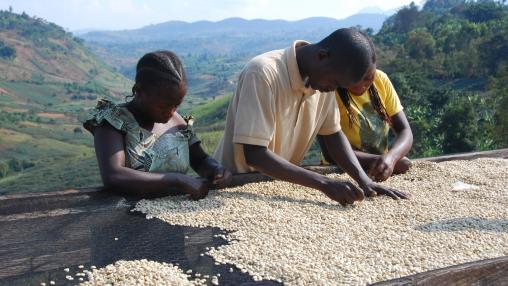
Food Insecurity in East Africa
East Africa facing acute food insecurity as drought continues, alerts FEWS and FAO
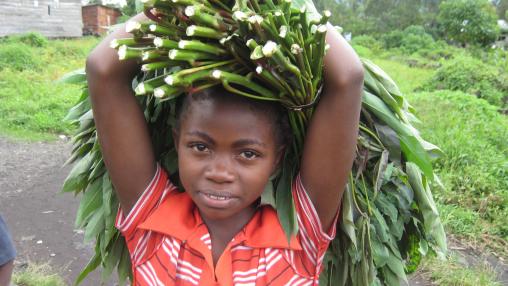
From Famine to Food Security
Food crisis and famines continue to plague many developing countries. Armed conflict and prolonged drought have left around 20 million people at a risk of starvation and death in Somalia, South Sudan, Yemen, and Nigeria, while several other African nations also currently face with food insecurity, largely as a result of climate-driven weather events. An estimated $4.4 billion in aid is needed to address these crises.
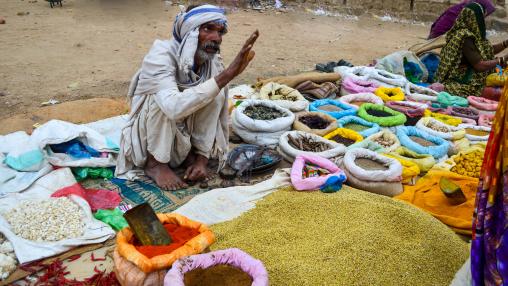
FEWS NET Releases Latest Global Price Watch
FEWS NET has released its Global Price Watch for September 2011, citing continuing high prices in Kenya, Ethiopia, and Somalia. Africa's newest nation, South Sudan, is also facing increased prices on some staple goods due to conflict and trade restrictions. Global rice prices saw a moderate upswing, due in part to Thailand's new rice price subsidy.
View the full report and the annex
Files:
full report
annex
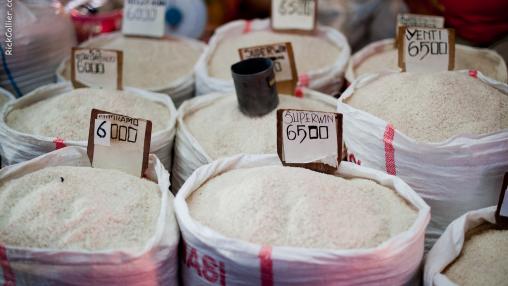
A Message to the Thai Government: Do Not Let National Policies Harm the Global Poor
A Commentary by Maximo Torero
Thailand’s rice exporters are warning that the country’s 2012 rice exports could drop by as much as 30-40 percent as the result of a proposed government policy that would guarantee fixed prices for both plain white rice and jasmine rice. The Pheu Thai Party, which was elected into power in July, has promised farmers fixed prices of 15,000 baht ($US 500) per ton for plain white rice and 20,000 baht (US$ 667) per ton for jasmine rice.
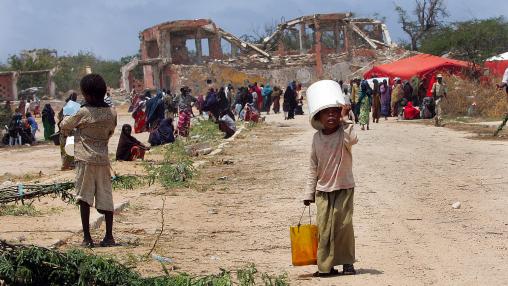
Famine Spreads in Somalia
According to FEWS NET, the prevalence of malnutrition and the rate of crude mortality have surpassed famine thresholds in the Bay Region of southern Somalia. A combination of poor crop production and deteriorating purchasing power has pushed poor households in this region into massive food deficits. Due to this rapidly deteriorating situation, the FAO-managed Food Security and Nutrition Analysis Unit and FEWS NET have now classified this region as IPC Phase 5 Famine.